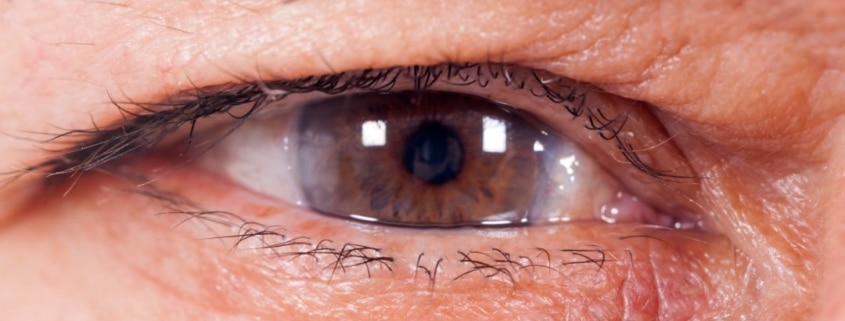Are you at risk for cataracts?
If your vision has been getting blurry or you have an increased sensitivity to glare, you may be starting to develop cataracts. Over time, this slow-progressing condition will interfere with your vision and may lead to cataract surgery. Can you prevent cataracts? Read on to learn more about cataracts and treatment.
What are cataracts?
The lens of your eye is normally clear. It’s positioned behind the colored part of the eye called the iris. The lens focuses light that passes through your eye and produces clear images on your retina. The retina function like the film in a camera. Age-related conditions and other medical conditions can cause tissues in the lens to break down, causing a clouding within the lens. A cataract develops slowly as the clouding becomes denser and consumes a larger part of the lens. Over time, your vision will become blurred.
What are the risk factors?
Age, smoking, consuming excessive amounts of alcohol, high blood pressure, obesity, diabetes and excessive exposure to sunlight are some of the risk factors for cataracts. Previous eye injuries or surgery also increase your risk. Prolonged use of certain medications may be a factor as well.
Can you prevent cataracts?
While there isn’t a way to prevent cataracts, there are some things you can do to improve your risk factors. Be sure to have regular eye examinations based on your age and family history. If you smoke, quit. It’s important to manage certain health conditions such as diabetes, obesity and high blood pressure that increase your risk. Consume a healthy diet rich in fruits and vegetables. If you drink, reduce your use of alcohol. Be sure to wear broad-spectrum sunglasses that block ultraviolet B rays when you’re outside.
What are the treatment options?
Once your lenses have started to cloud, they will not stop and won’t return to their original clear condition. The only treatment for cataracts is surgery to replace the lenses. Surgery consists of replacing the clouded lens with an intraocular lens implant, or IOL. It’s a minimally invasive, small-incision, no-stitch procedure. Vision begins to improve a few days after surgery, and full healing can take up to two months. If both eyes require surgery, the second surgery will be done 1-2 months after the first surgery.
If you’re concerned about cataracts or other eye conditions, schedule an eye exam today by calling Maehara Eye Surgery & Laser at 808.955.3937.




Leave a Reply
Want to join the discussion?Feel free to contribute!